The cell cycle and mitosis cell division are a well-ordered sequence of events in which bodily cells duplicate its components and divide into two daughter cells.
When a cell gets reproduced, it must duplicate (replicate) it’s all chromosomes in order to pass its genetic information to the next generations of cell.
For an easy understanding of cell cycle, the process can be divided into three major phases,
- INTERPHASE
- MITOSIS
- CYTOKINESIS
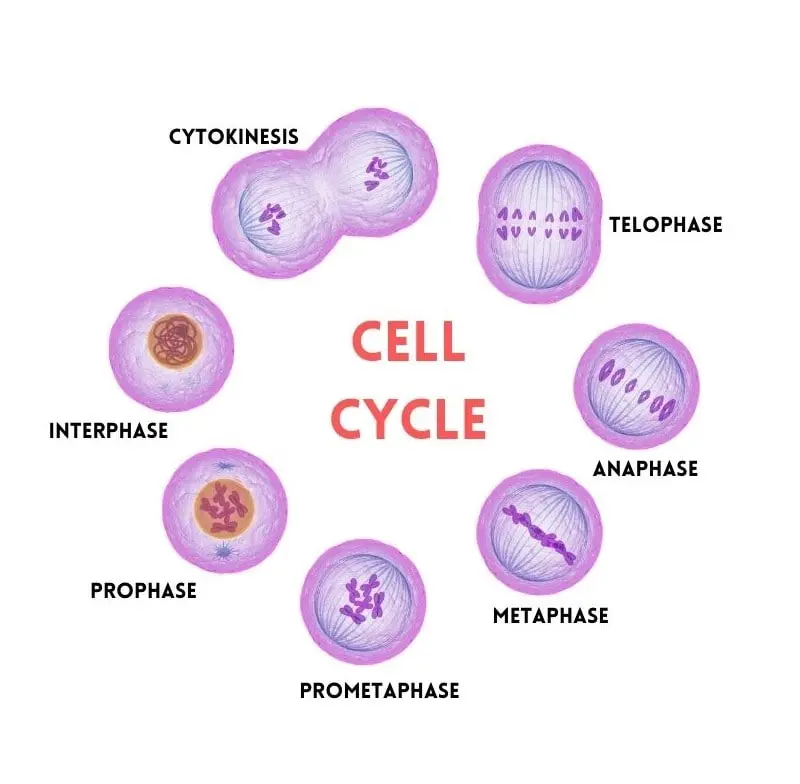
Cell cycle is a continuous process which may last for about 24 hours.
One stage integrates flawlessly into the next.
Table of Contents
ToggleINTERPHASE
This is the period between cell divisions.
A stage of high metabolic activity.
Most of the cell growth happens during this phase.
Chromosomes are not visible under light microscope.
Interphase consists of 3 phases: G1, S and G2 phases.
G1 phase (gap 1)
- Lasts for about 8 to 10 hours. (This phase is very short in many embryonic or cancer cells).
- Takes place immediately after mitosis.
- There is growth of cell volume.
- Proteins, RNA and cellular constituents gets synthesized.
S Phase (synthesis)
- Lasts for about 8 hours.
- This is the phase of interval between G1 and G2 phase.
- DNA and centrosomes get replicated during this phase.
G2 Phase (gap 2)
- This phase lasts for 4 to 6 hours.
- Synthesis of protein and enzyme remains continue.
- Cell continues to grow.
- Replication of chromosomes is completed.
- Cell becomes ready for mitosis at the end of this phase.
MITOSIS/ CELL DIVISION
Mitosis word meaning
In 1882 a German biologist Walter flemming suggested the term mitosis which is a Greek derivative of word “mitos” which means “warp thread”.
Mitosis is a type of somatic cell division during which a single cell is divided into two identical cells.
Genetic information of each cell also gets exactly distributed into 2 identical daughter cells.
Mitosis lasts approximately for 1 hour.
Definition of mitosis
Mitosis is a process of nuclear division in which two sets of chromosomes gets distributed into two separate nuclei.
Stages of mitosis
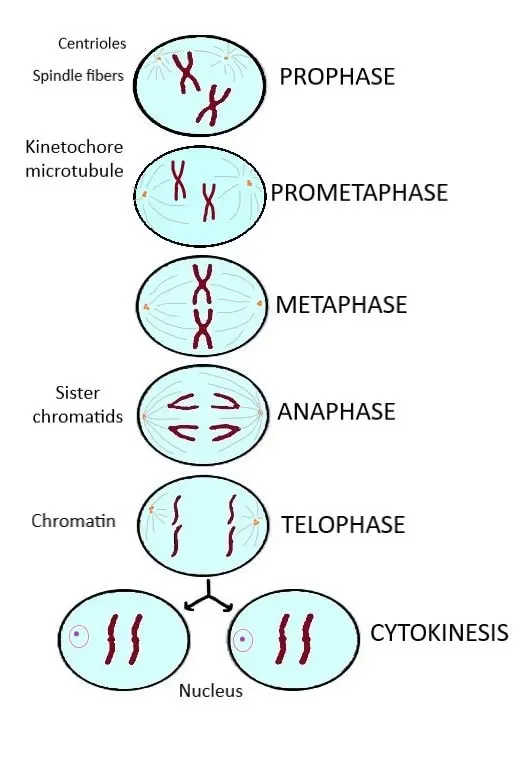
PROPHASE
- Cell starts to divide.
- Centrioles begins to appear and migrate to the opposite ends (poles) of cell.
- Mitotic spindle fibers form between the centrioles.
(Mitotic spindle: a football shaped complex of microtubules that attach to the kinetochore)
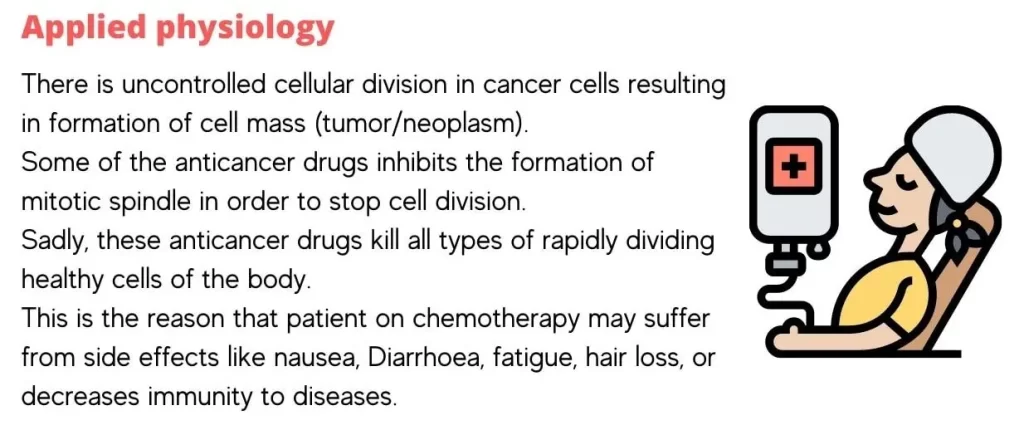
PROMETAPHASE
- Kinetochores (central zone of chromosome protein) appear at centromeres (part of chromosome at which microtubules of mitotic spindle fibers attach via kinetochores).
- Chromosomes continue to condense.
- Centrioles reach to the opposite poles.
METAPHASE
- Chromatids (pair of chromosomes) attach to the mitotic spindle fibers.
- Centromeres of chromatids line up at equatorial region (middle region/metaphase plate) of the cell.
- Nuclear envelope dissolves completely.
ANAPHASE
- Kinetochores breaks down.
- Chromatids (pair of chromosomes) splits and begins to migrate to opposite poles of the cell (along with the mitotic spindle).
- Mitotic spindle fibers stretch the cell into oval at opposite poles.
TELOPHASE
- Mitotic spindle dissolves.
- Nuclear membrane and nucleoli reappear.
- Chromosomes reappear in the form of chromatin (combination of protein and nucleic acid that forms chromosomes).
- Mitosis ends.
CYTOKINESIS/CYTOPLASMIC DIVISION
Division of cytoplasm and organelles of a cell into two identical daughter cells is called cytokinesis.
Inward central cleavage of cell membrane creates two separate and equal daughter cells.
Each have its own nucleus with identical chromosomes.
Once cytokinesis is complete, interphase begins.
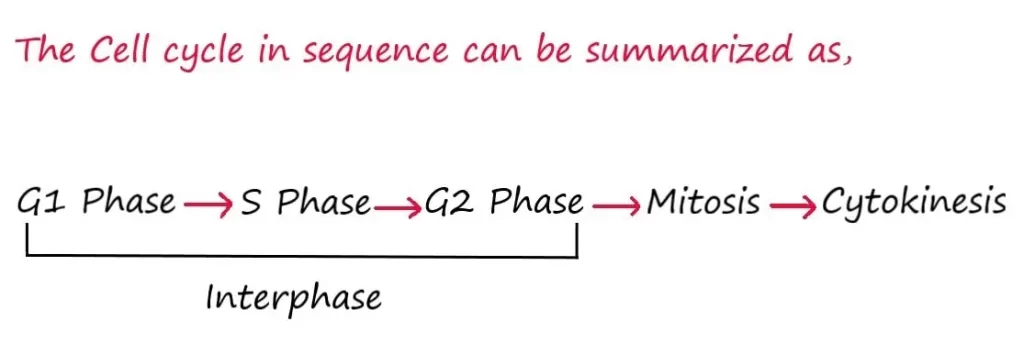


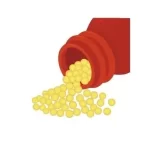









This really helps me and now I understand cells well